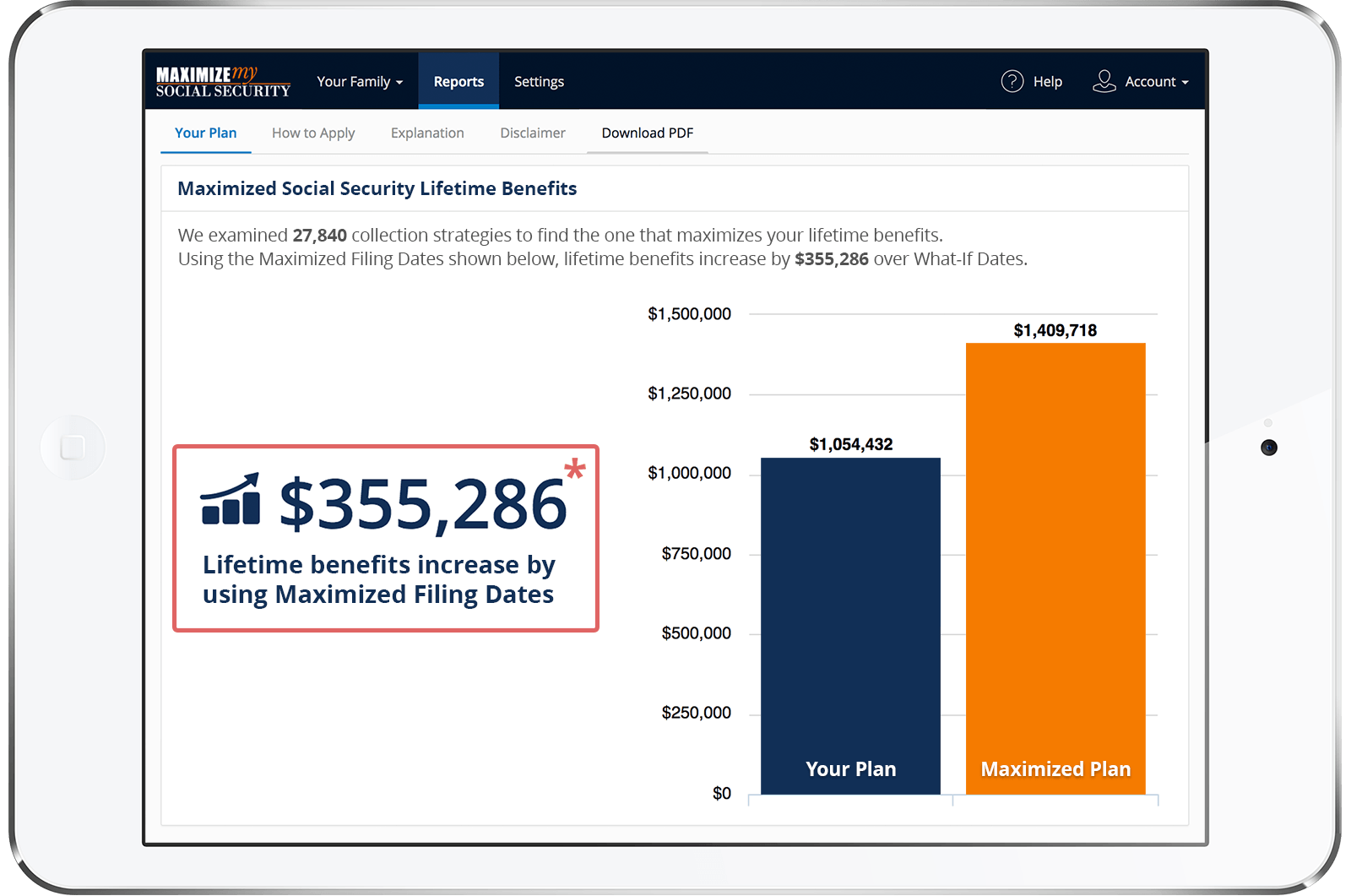I will be 62 at the end of this year and plan to take my Social Security retirement at this time. I have been diagnosed with Pulmonary Hypertension earlier this year. I have been considering applying for Disability, but don't feel I would qualify because of my income per month. I am single and am the only source of income, so I have to work, but have many absences. My question is: should I put an application in for Disability first and then wait for SSA to respond and then put in my application for retiring at 62. I read that if you take retirement and then become disabled your check could increase. I also read that if you have an illness prior to taking your retirement, then if you come disabled because of this illness, your SSA check will not increase. I didn't know if SSA would let you have more than I type of application in at a time.
Hi. You can apply for Social Security disability (SSDI) benefits while you're working, but if you're working earning above the substantial gainful activity (SGA) amount then your claim will be disallowed regardless of your medical condition. In 2022, the monthly SGA earnings amount for non-blind individuals is $1350, and for blind individuals it is $2,260.
If you qualify for SSDI benefits without first collecting reduced Social Security retirement benefits, you would receive your full primary insurance amount (PIA). A person's PIA is equal to their Social Security retirement benefit rate if they start drawing their benefits at full retirement age (FRA). In other words, qualifying for SSDI benefits is like drawing your unreduced Social Security retirement benefit rate early. But, if you collect reduced retirement benefits for any months prior to qualifying for SSDI benefits, then a percentage reduction will be applied to your permanent monthly benefit amount. The reduction percentage can be either 5/9ths of 1% or 5/12ths of 1% per month depending on how many months you collect retirement benefits prior to becoming eligible for SSDI.
If you start out drawing Social Security retirement benefits at age 62 and if your FRA is age 67, your monthly benefit rate will be reduced by roughly 30%. If you later become entitled to SSDI benefits prior to reaching FRA, your benefit rate will be increased to only reduce your PIA by the number of months that you drew retirement benefits prior to qualifying for SSDI benefits.
For example, let's say Amy files for Social Security retirement benefits 3 years prior to when she reaches FRA. Amy's primary insurance amount (PIA), which is equal to her full retirement age rate or her full SSDI rate, would be $2000, but her benefit rate is reduced for age to $1600. If Amy is approved for SSDI benefits and if her SSDI entitlement starts 6 months after her retirement benefits started, Amy's SSDI rate would be reduced permanently for the 6 months that she collected retirement benefits. Her ongoing benefit rate would then be adjusted to $1933. In other words, instead of receiving a full SSDI rate equal to her PIA of $2000, Amy would receive a lower rate because she collected 6 months of retirement benefits prior to her first month of SSDI entitlement.
Best, Jerry
